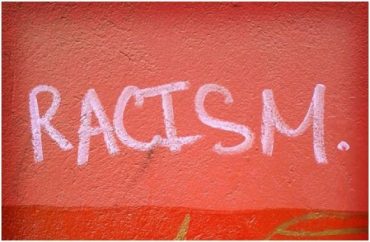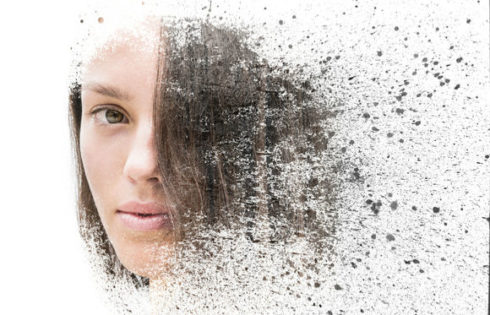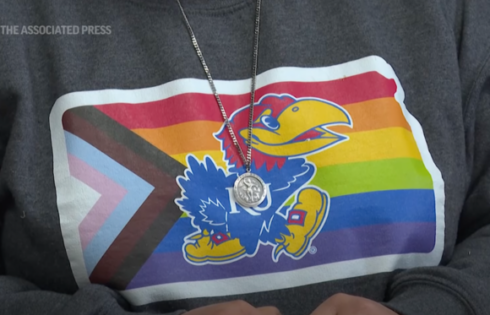
There recently has been a multitude of stories in the media detailing the role of “structural” racism in the coronavirus pandemic.
For example, Philadelphia Magazine’s Fabiola Cineas wrote at Vox.com that “hundreds of years of slavery, racism, and discrimination” have led to “restricting access to public health resources” for black Americans.
The Boston Globe’s Jeneé Osterheldt said “America is rooted in oppressive systems that were designed to hurt and disenfranchise Black folk and people of color [and] the health care system has always been part of that practice.”
The 1619 Project‘s Nikole Hannah-Jones claimed that African-Americans “bear the brunt” of the COVID-19 epidemic.
But Brooklyn College economics professor Robert Cherry offers some things to consider not seen in the mainstream media. While there’s no dispute black Americans have been disproportionately affected by the virus, Cherry says, outside of urban areas whites make up the “overwhelming share of deaths.”
In addition, while the media has focused on the virus-related travails of black-owned businesses, Cherry notes Latinos own two-and-a-half as many businesses as blacks, and Asians five times as many.
Then there are personal health and responsibility factors.
[W]hat causes these underlying health deficits? We are told that poverty limits health-care access, allowing chronic problems to develop. No doubt poverty is important in understanding health vulnerabilities. But it cannot be the only important reason. Asian Americans have the highest poverty rate in New York City. It is most pronounced in Chinatown, where families live in cramped, congested places. Chinatown also has among the highest air pollution rates in the city, more than 20 percent above the Bronx rates. And yet the age-adjusted Asian-American coronavirus death rate is only 42 percent of the adjusted black rate.
The Asian-American community’s outcome suggests that dietary choices must be looked at. Ten years ago, when it was found that 10 percent of food stamps were being spent on sugary soda, many politicians, including Mayor Bloomberg, recommended food-stamp use restrictions. Michelle Obama refused to support these restrictions and instead promoted adjustments to the food-stamp program that gave discounts for purchasing fresh vegetables and fruits. The Times reported on a research study that compared whether banning sugary drinks or incentivizing fruits and vegetables would be more effective in combating obesity rates. The researchers found that the incentive program would not. By contrast, banning sugary drinks, they said, “would be expected to significantly reduce obesity prevalence and Type 2 diabetes incidence, particularly among ages 18 to 65 and some racial and ethnic minorities.” Yet now, when Surgeon General Jerome Adams suggests consumption adjustments should be part of the response, he is condemned for raising issues of personal responsibility.
Cherry emphasizes it would be “cruel” to consider personal choices as the “primary cause” of black (and Latino) coronavirus disproportionality. However, “placing the entire burden on structural racism” doesn’t help with finding solutions.
IMAGE: Andrew Gwozdziewycz / flickr.com
Like The College Fix on Facebook / Follow us on Twitter




Add to the Discussion